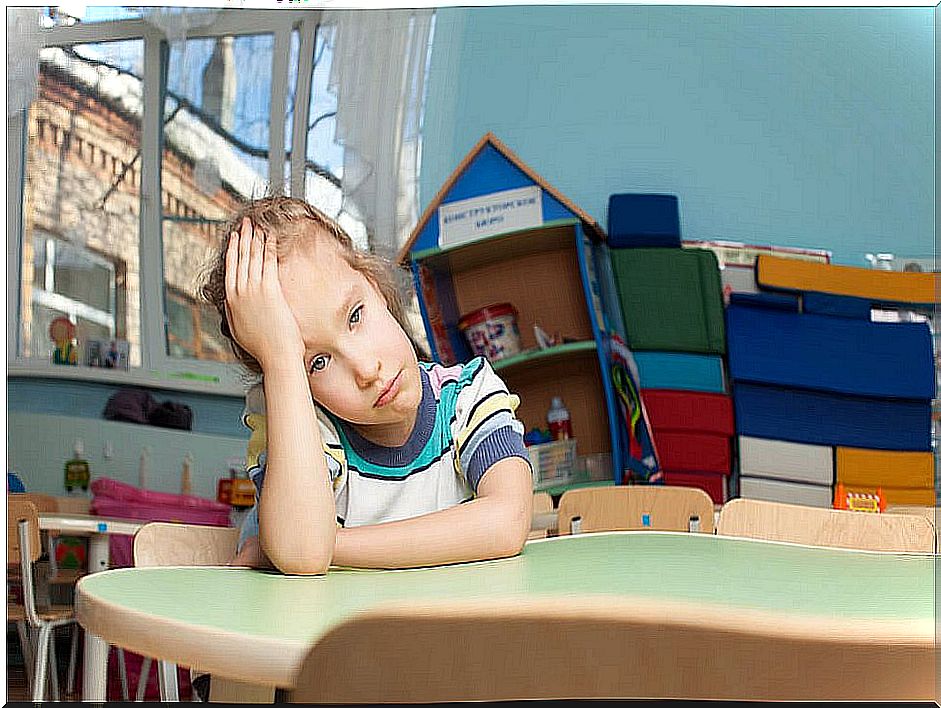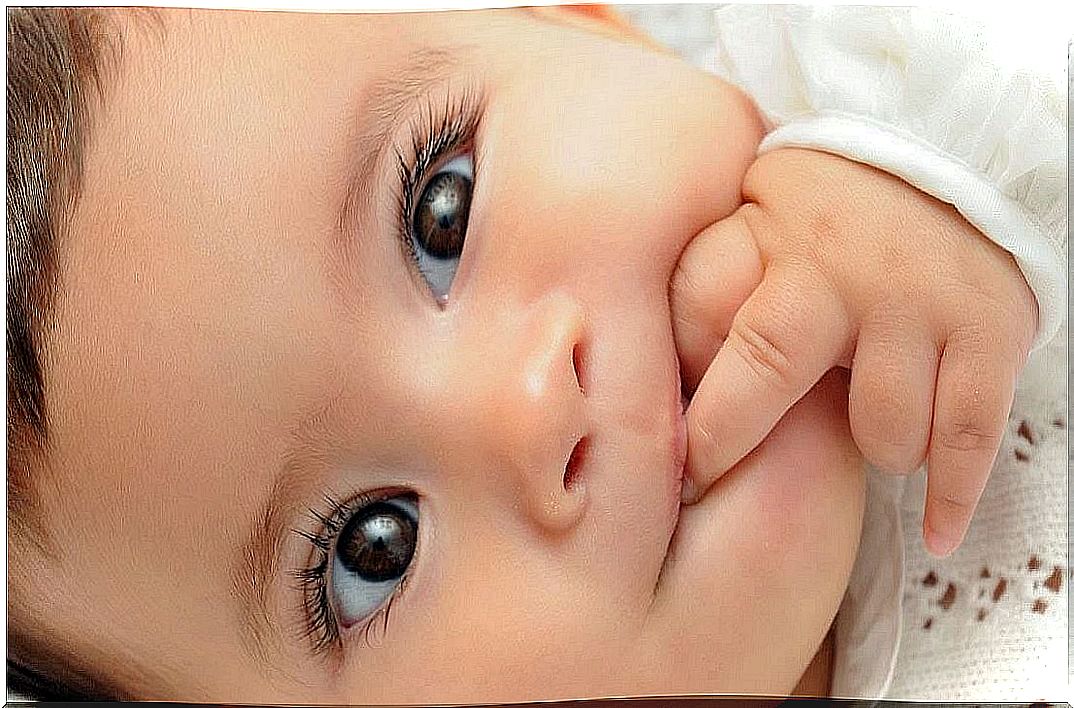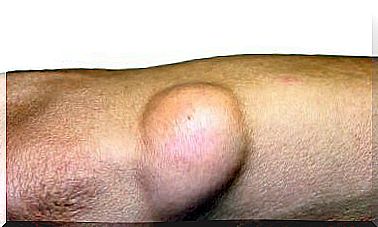Separation Anxiety Disorder: Causes And Treatment
Childhood is a very delicate and challenging time that it is always advisable to understand. Thus, one of the most common disorders at this stage is separation anxiety disorder.
It normally occurs in infants between 8 and 12 months of age and s It usually disappears around 24 months. However, to Some children, for example, still show symptoms of separation anxiety during elementary school and adolescence.
On the other hand, something that the experts of the Spanish Society of Out-of-hospital Pediatrics and Primary Care tell us is that a third of children with an anxiety disorder also meet the criteria for two or more anxiety disorders.
It is therefore necessary that we know how to react in time. Seeking specialized help in these cases will provide us with the appropriate strategies to help our little ones better cope with the fear of abandonment.
What symptoms should you look out for?

Symptoms of separation anxiety disorder occur when a child is separated from parents or caregivers. What happens next is an inordinate fear reaction.
Among the symptoms, you can pay attention to the following:
- Obsessive need to cling to parents.
- Crying severely and excessively.
- Refusing to do things that involve walking away.
- Refusal to sleep alone in their own room.
- Psychosomatic disorders, such as headaches or vomiting.
- Violent behavior and tantrums emotional
- They refuse to go to school.
- Poor school performance.
- They do not interact with other children in a healthy way.
- Constant nightmares.
Risk factors that could cause separation anxiety disorder

Within the DSM-V (Diagnostic and Statistical Manual of Mental Disorders) this condition is classified as a condition that falls within the anxiety disorders.
On the other hand, it should be noted that as revealed by an investigation published in 2010 in the journal BMC Psychiatry , almost 7% of the child population can suffer from this type of psychological condition.
It is not a very high figure, however responding effectively to this problem during early childhood will prevent other types of problems from appearing in adulthood.
Let’s look at the possible triggers:
- Family history of depression or anxiety.
- Overprotective parents.
- Lack of proper interaction with parents.
- Attachment problems.
- Relational problems with children of the same age.
Separation anxiety disorder can also occur after stressful events in your life, such as:
- Moving to a new home.
- Exchange schools.
- Divorce from his parents.
- Death of a family member or close friend.
How is separation anxiety disorder diagnosed and treated?
If you see that your child experiences three or more of the aforementioned symptoms, he may be going through this disorder. There are two methods by which you can help him with the situation in a positive way.
- Therapy could be considered the most effective treatment . Cognitive behavioral therapy, in particular, is responsible for teaching children techniques for dealing with anxiety, such as deep breathing and relaxation .
- On the other hand, parent-child interaction therapy is another way to treat separation anxiety disorder.
As far as parents are concerned, it can be divided into the following three main phases of treatment:
1. Direct interaction with children
This stage focuses on improving the quality of the relationship between parents and children. It is based on building a secure attachment with the little one.

2. Direct interaction with parents
- At this stage, parents are educated about why their child is anxious.
- The child’s therapist develops a scale of values show the situations that elicit feelings of anxiety and establish rewards for positive reactions.
3. Targeted parent-child interaction
The function of this stage is to teach parents to communicate clearly with their children. This helps, fundamentally, to learn to control the bad behavior of the children.
- Another key that must be taken into account is the school environment. Your child needs a safe place to go when they feel anxious.
- There must also be a way for your child to communicate with you even during class hours or on other occasions when he is away from home.
- Also, your child’s teacher should encourage interaction between classmates.
There is no specific drug for separation anxiety disorder.
Although they are usually prescribed antidepressants in older children with this condition, it should be supervised by specialists at all times.
Does separation anxiety disorder affect the family environment?
Of course, emotional and social development are also affected by this disorder. It can lead to your child avoiding experiences crucial to normal development.
Disorder can affect family life in several ways:
- It can influence family activities that are limited by the child’s negative behaviors.
- Parents with little or no time to themselves or to each other create frustrations for the child.
- Siblings of a child with this disorder can be jealous of all the attention the child receives.
Remember that it is essential that you always work hand in hand with specialists to correctly solve the problem. The clutter of anxiety Separation is a condition that requires a series of special care.
For this reason, it is not recommended under any circumstances that you decide to treat it on your own. It is best that you follow the advice of those who really know and use this information only as a guide.
Only a specialist can diagnose if your child suffers from this disorder or any other.









